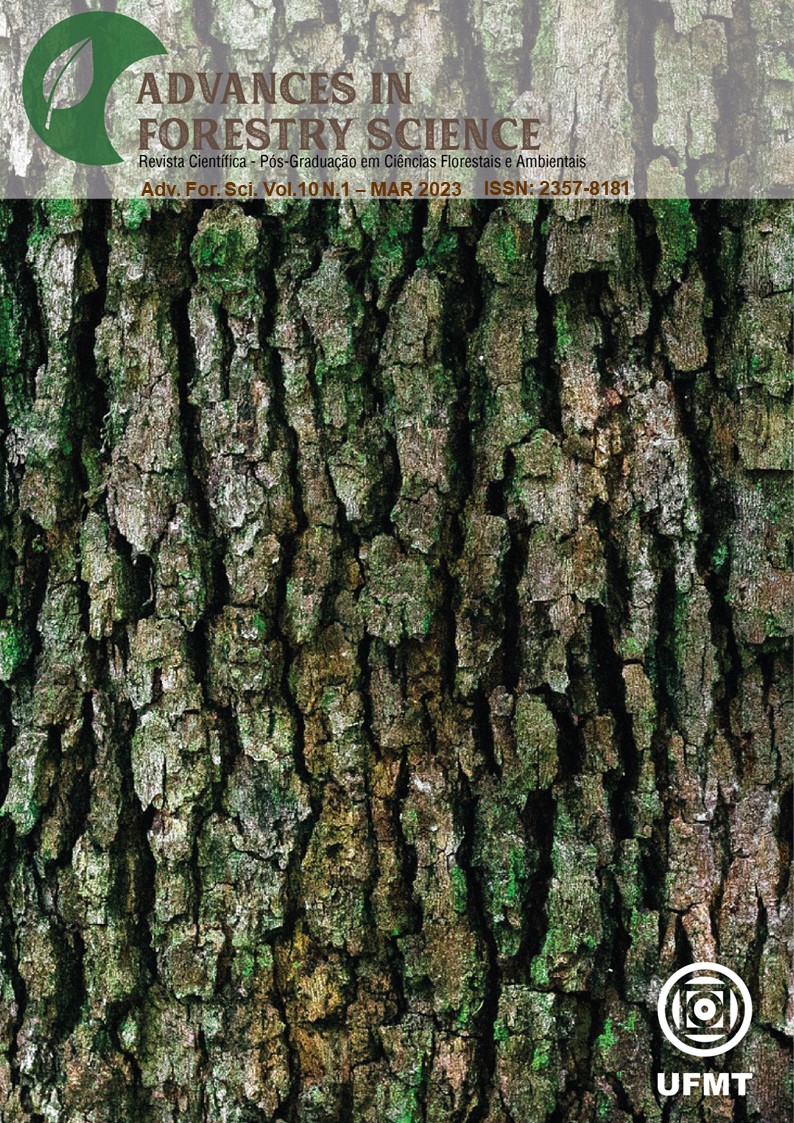Viability and conservation of carnauba pollen grains (Copernicia prunifera (Miller) H.E. More)
DOI:
https://doi.org/10.34062/afs.v10i1.14217Abstract
The objective of this study was to establish a methodology for the conservation of Carnauba (Copernicia prunifera (Miller) H.E. More) pollen grains. The viability of newly released pollen grains was evaluated by the 1% acetic carmine staining technique, Alexander reactive and Lugol. The in vitro germination rate was verified through three culture media: M1: 100g L-1 sucrose; 10g L-1 of agar; M2: 100g L-1 sucrose; 500mg L-1 of H3BO3; 10g L-1 of agar; M3: 100g L-1 sucrose; 300mg L-1 of CaCl2; 10g L-1 of agar. The influence of the reduction of the water content of the pollen grains was verified by means of four processes: 1) in desiccator with silica gel, under vacuum, for 24 h (10% final moisture); 2) in lyophilizer for 24h; 3) calcium chloride dihydrate (CaCl2 2H2O) and 4) pollen without reduction of humidity. The pollen grains with the best response to dissection were stored at three different temperatures: freezer (-4 ° C), refrigerator (10 ° C), and room temperature (26 ° C). All dyes used are suitable and practical to analyses the pollen viability of Carnauba pollen grains. The culture medium suitable for evaluating the pollen viability of Carnauba contains sucrose and boric acid in its composition. The storage of pollen grains of dehydrated carnauba with silica gel can be carried out at temperatures of 10 ° C and -4 ° C.
Downloads
Downloads
Published
Issue
Section
License
All copyright must be assigned to the Federal University of Mato Grosso.

